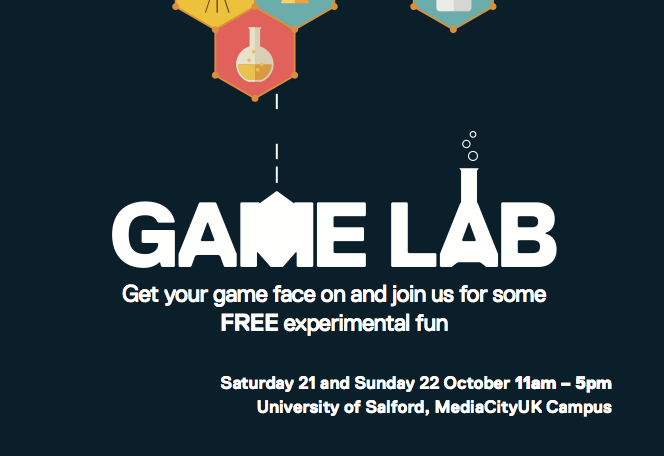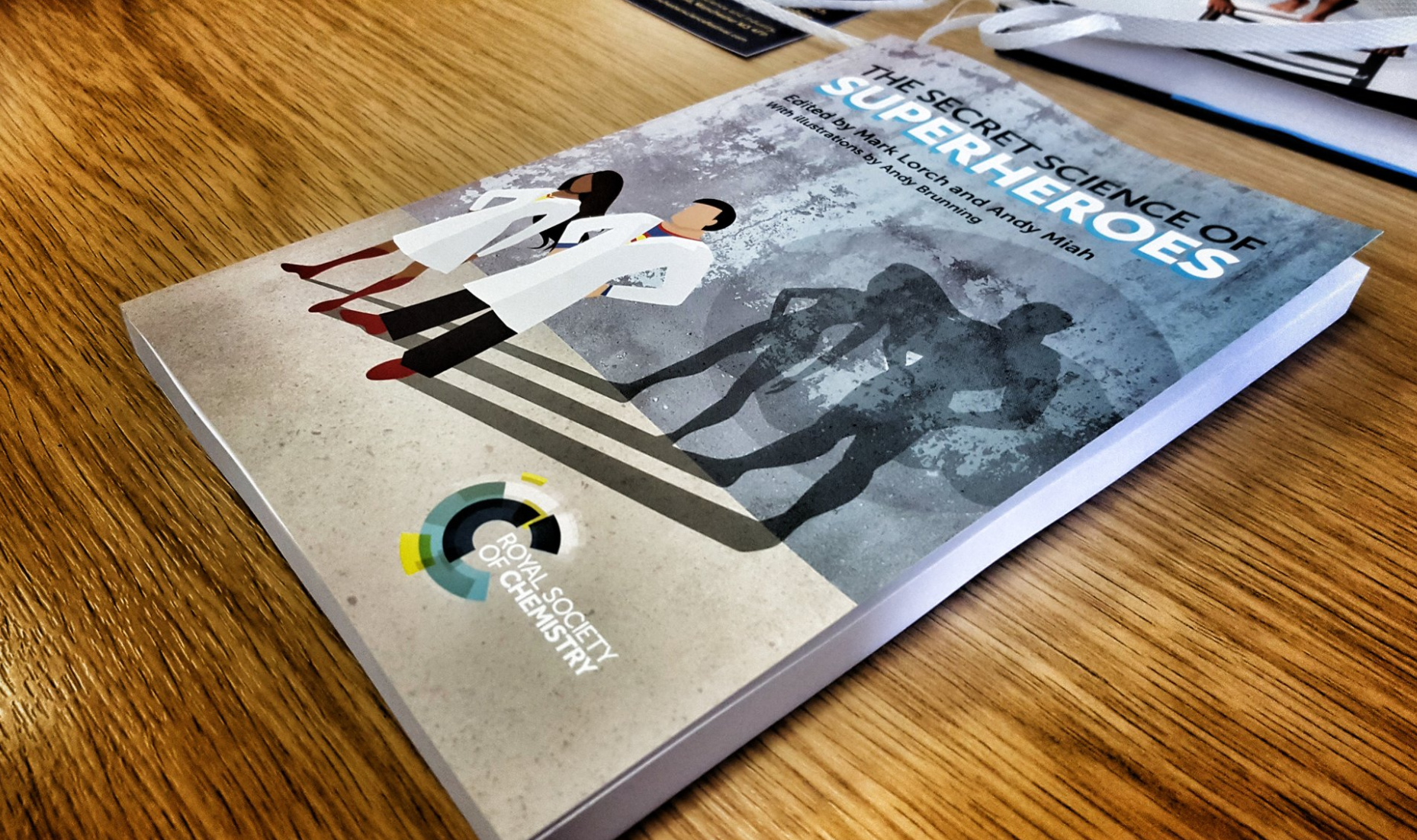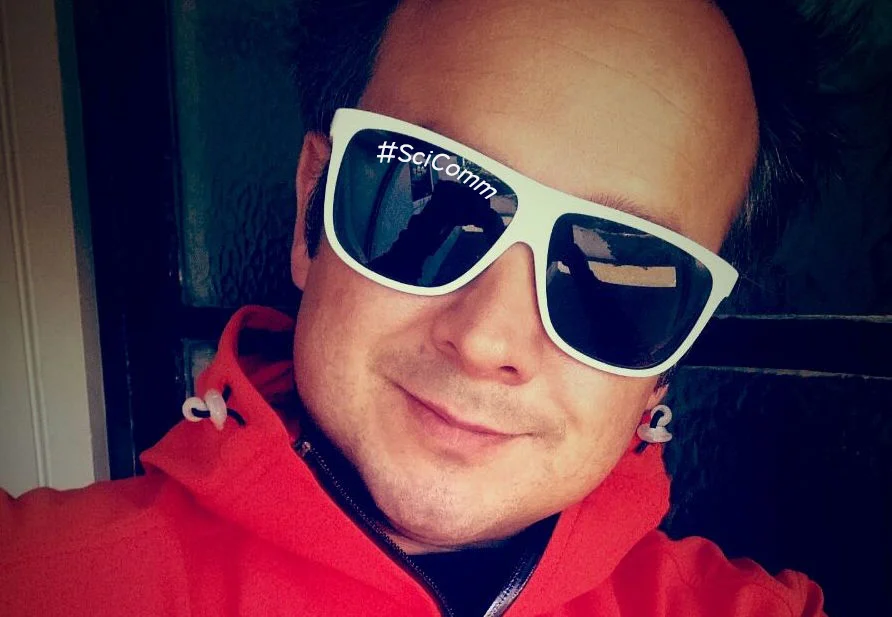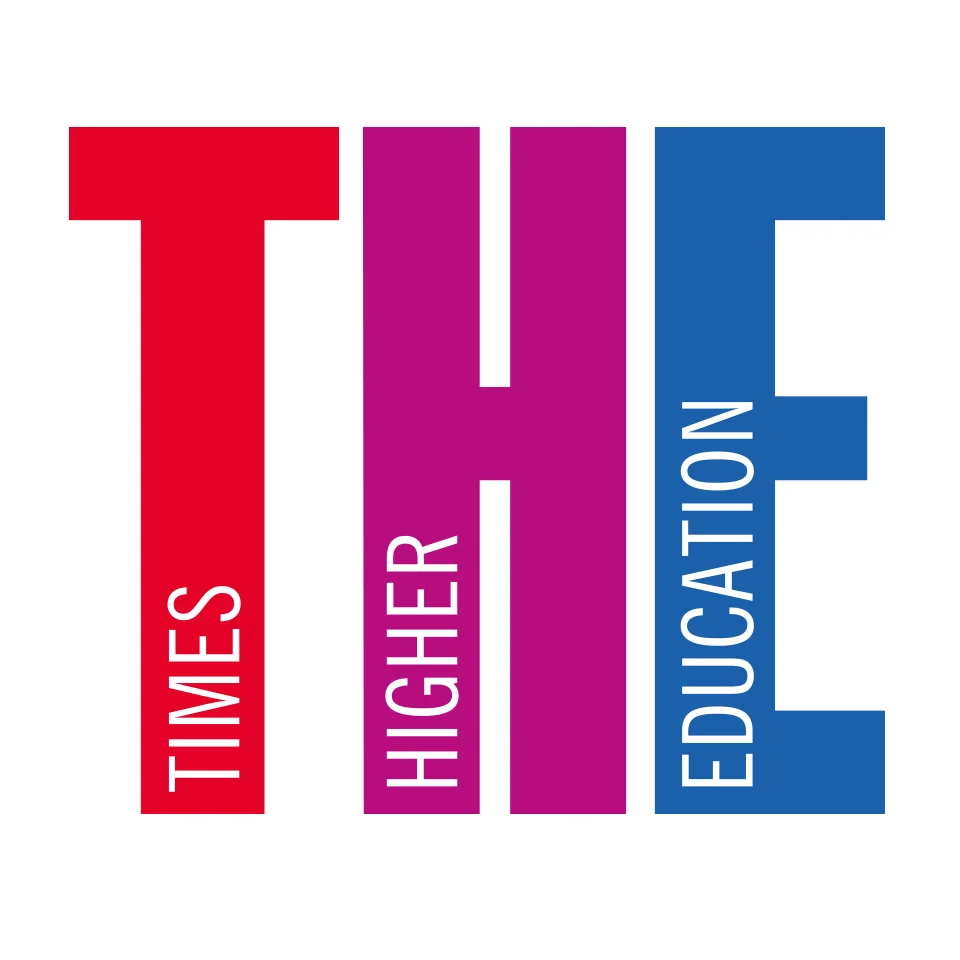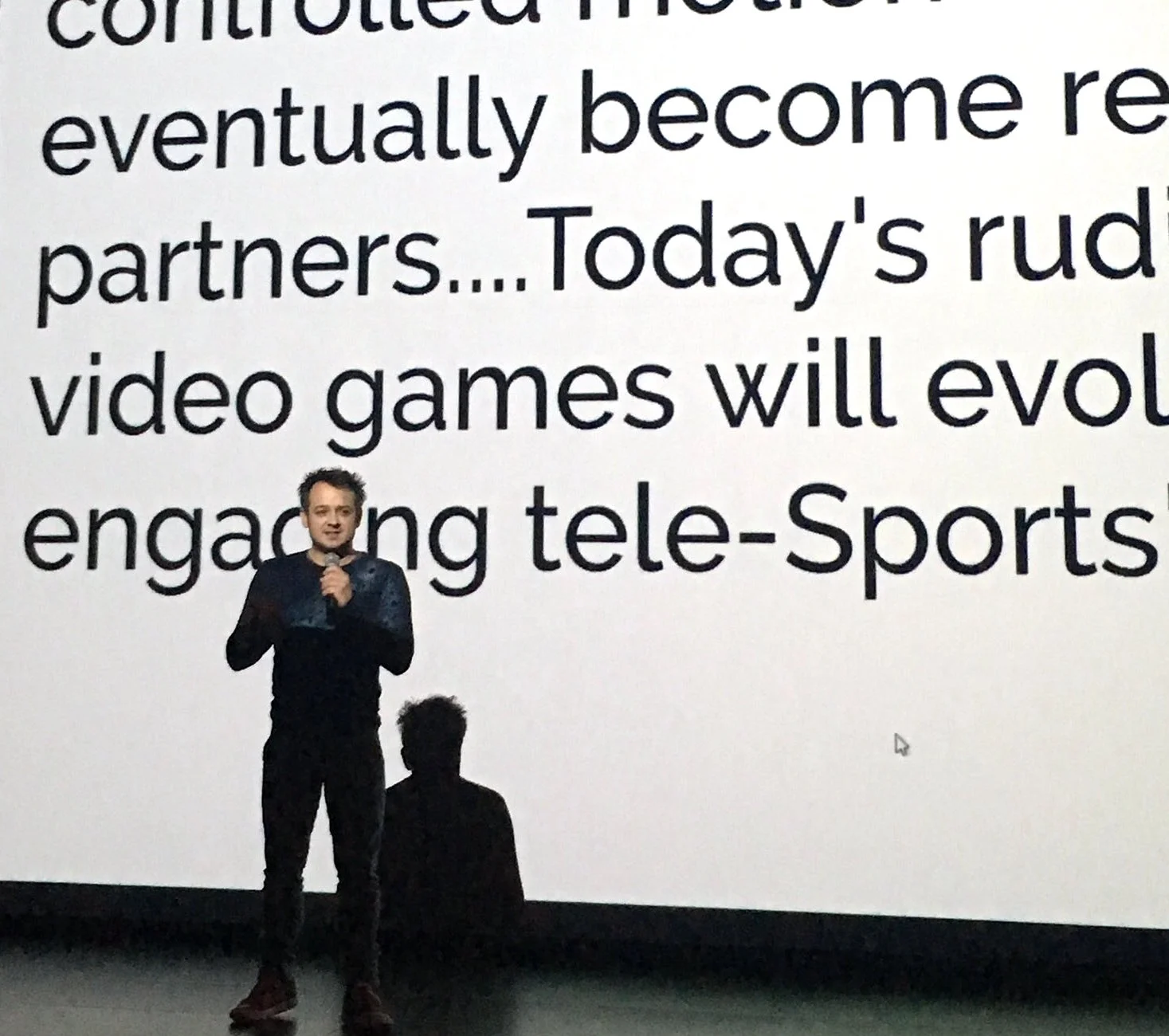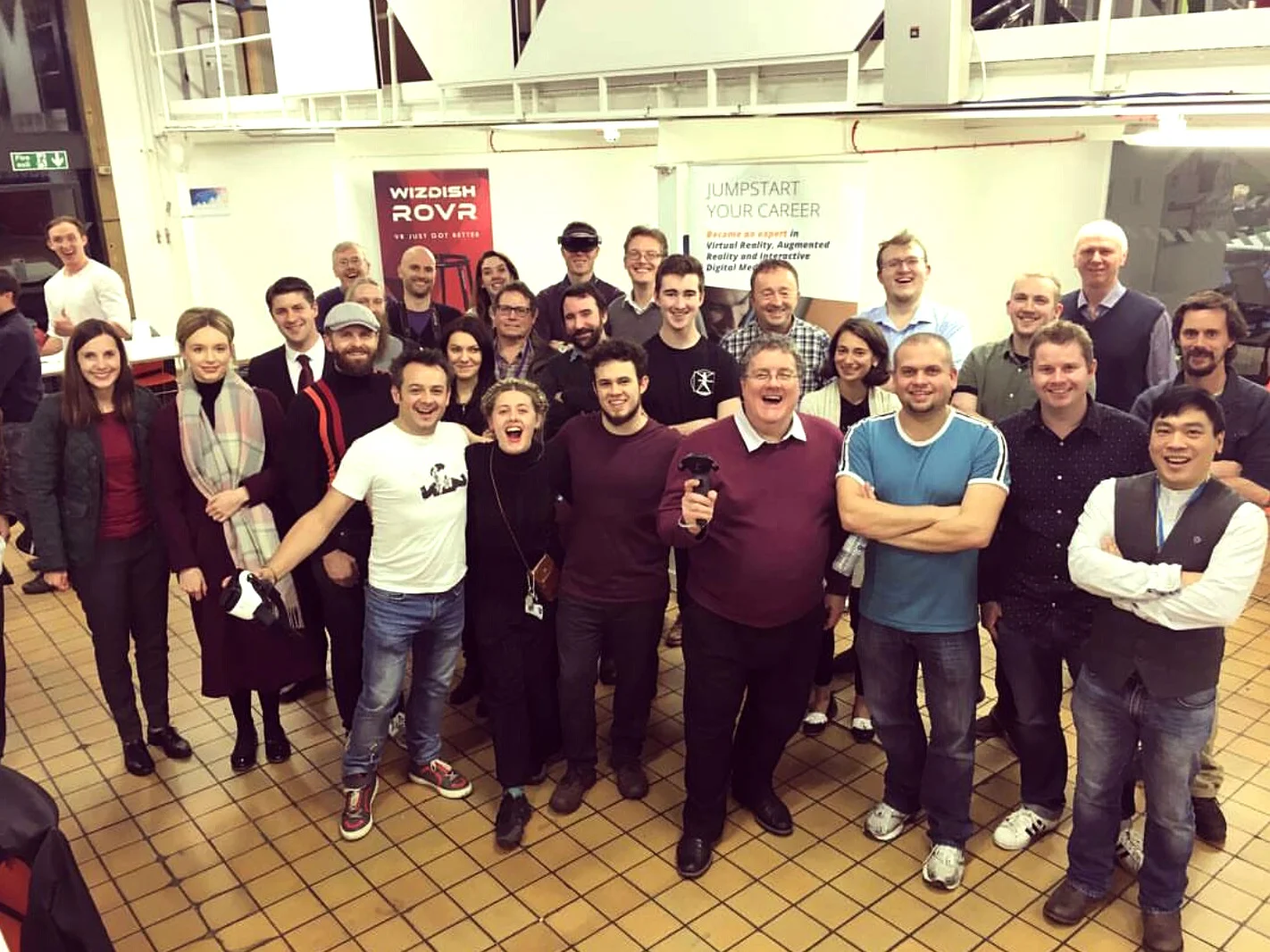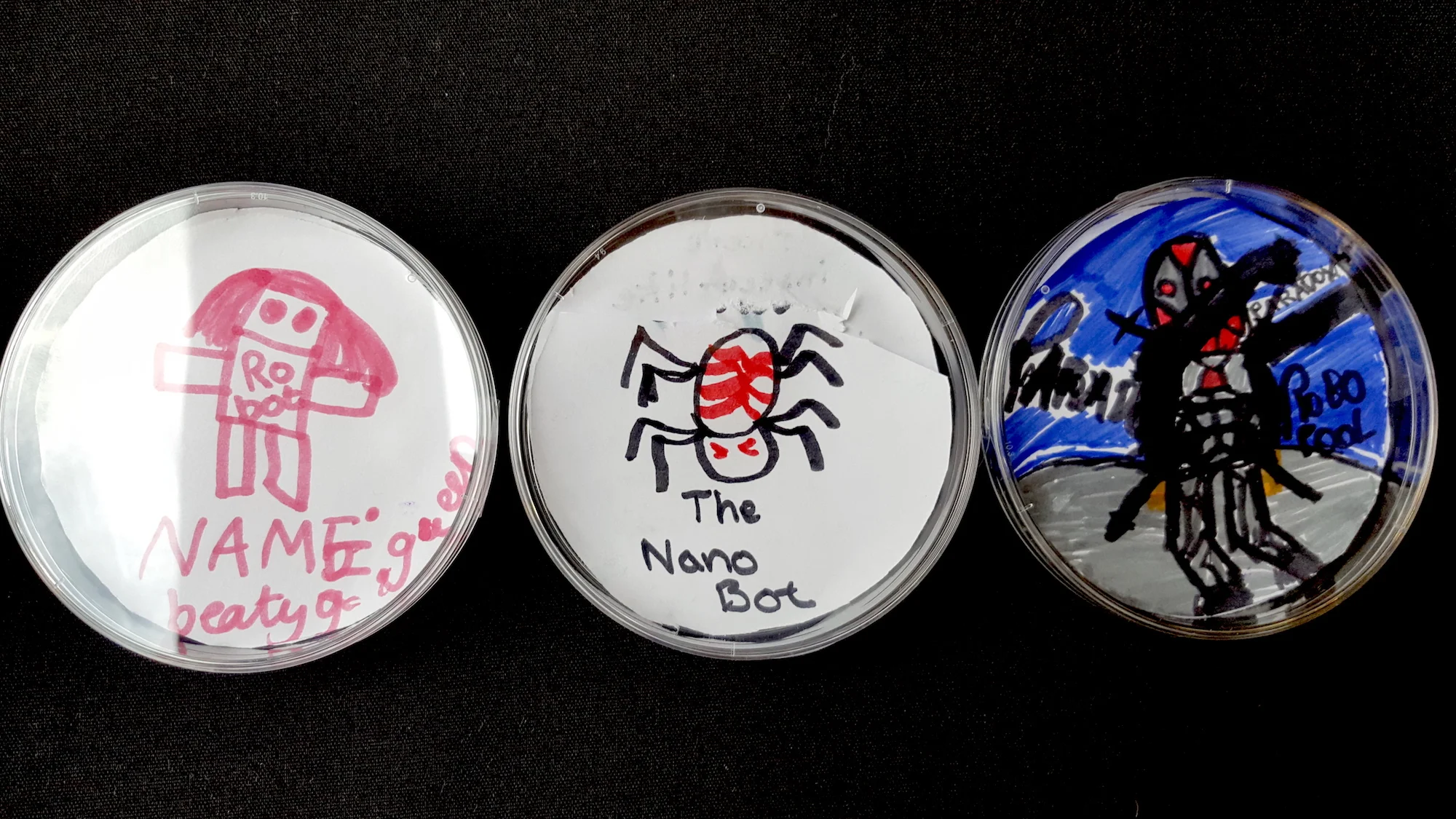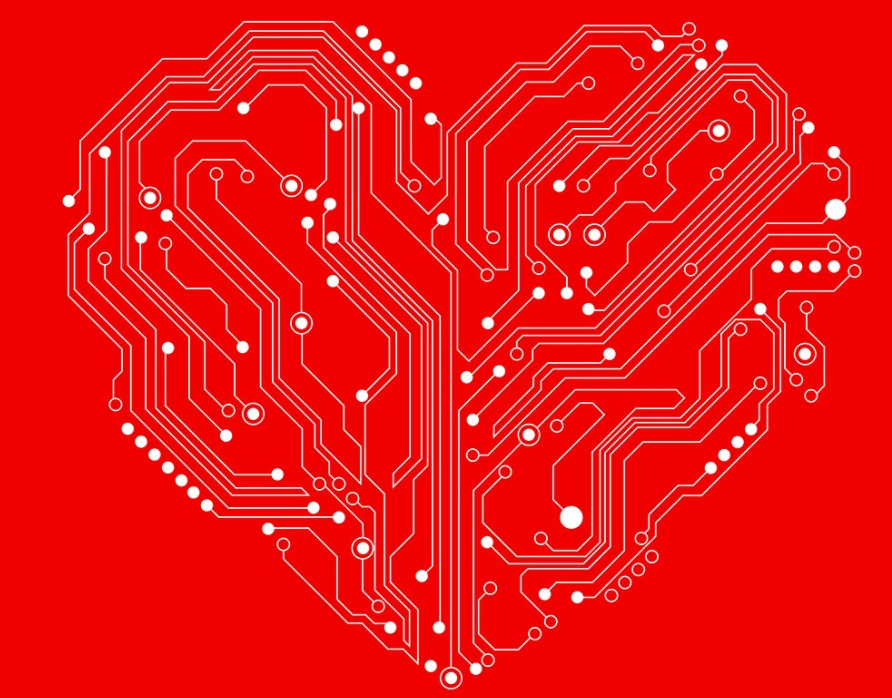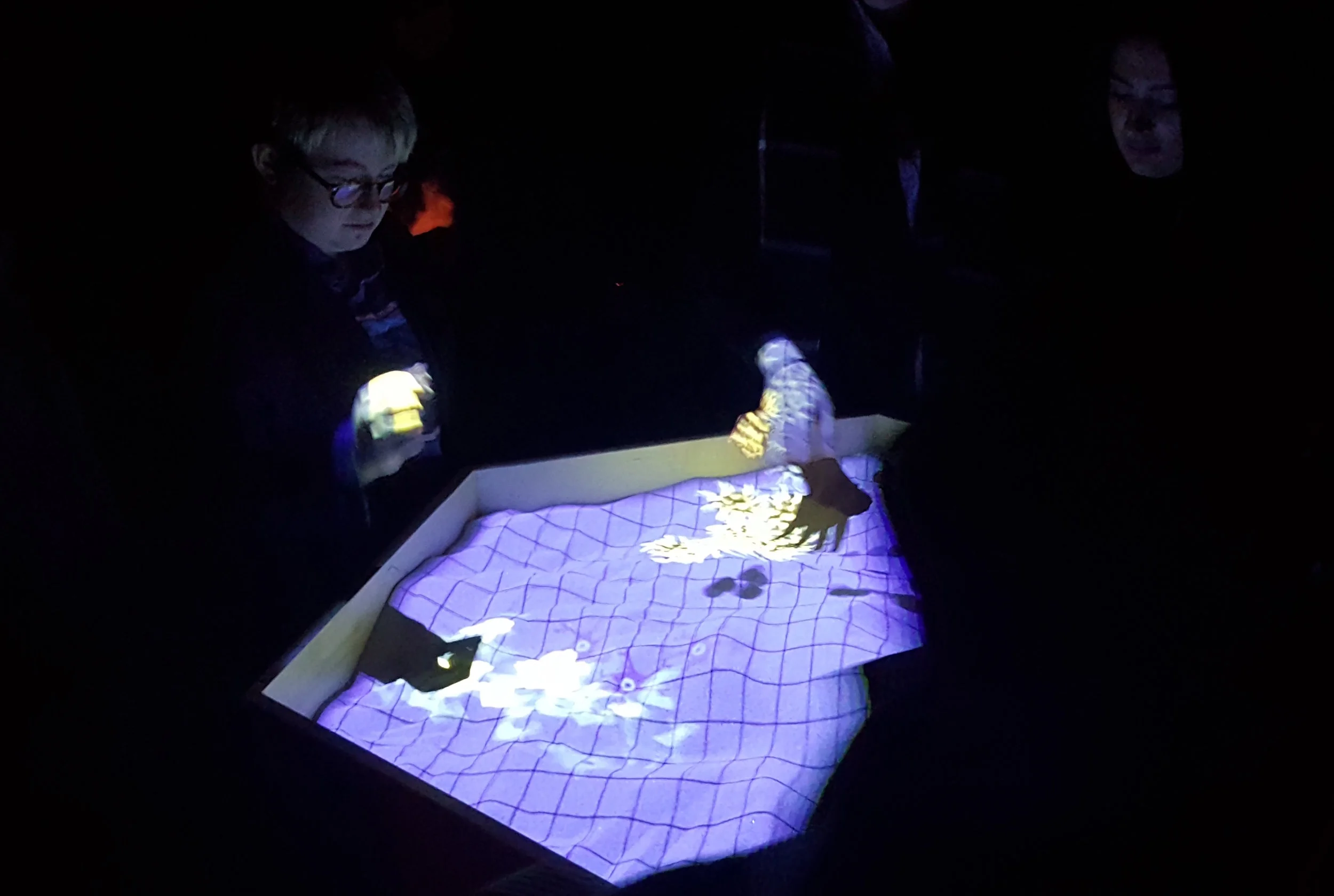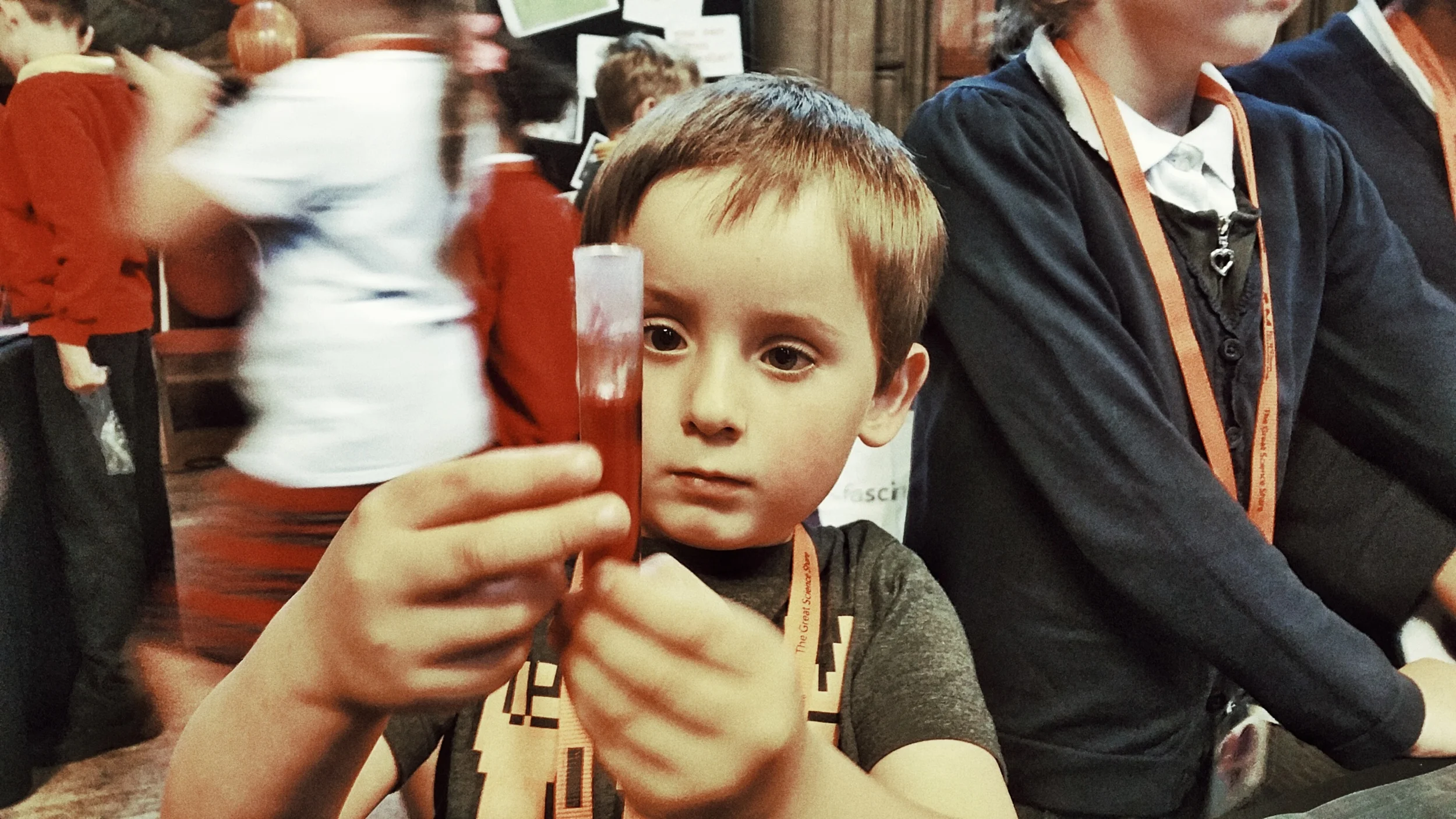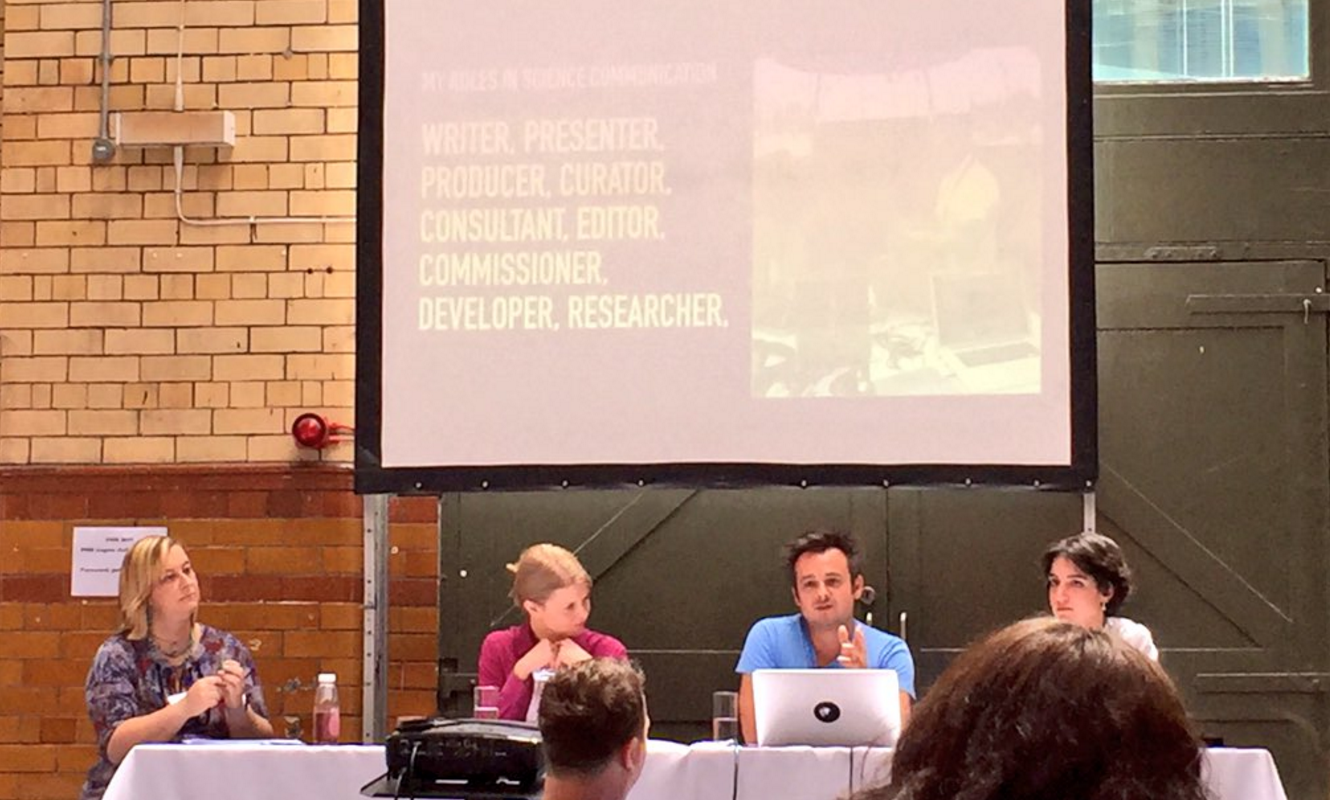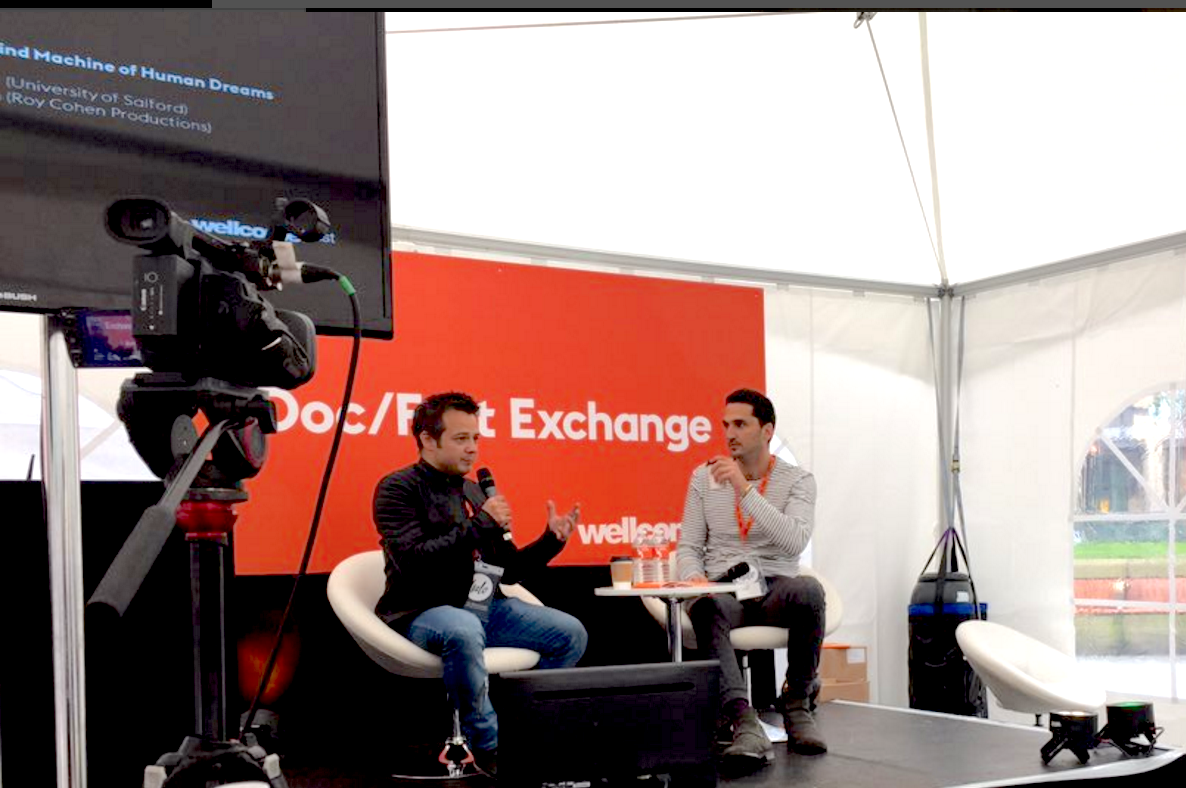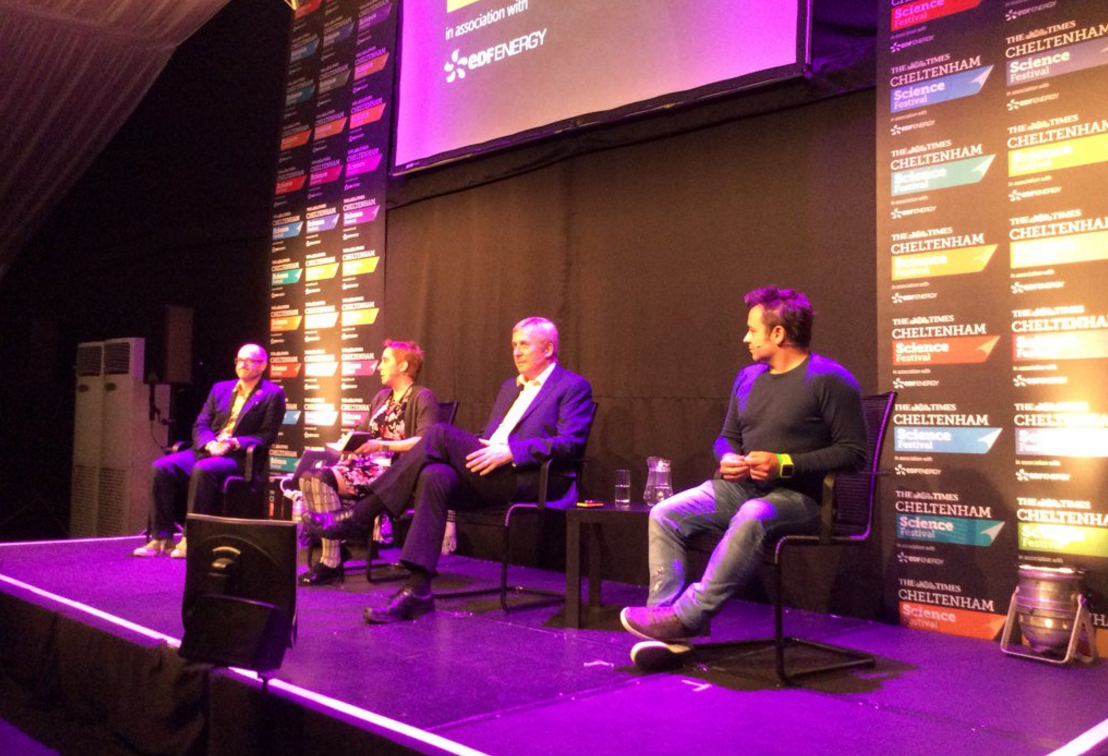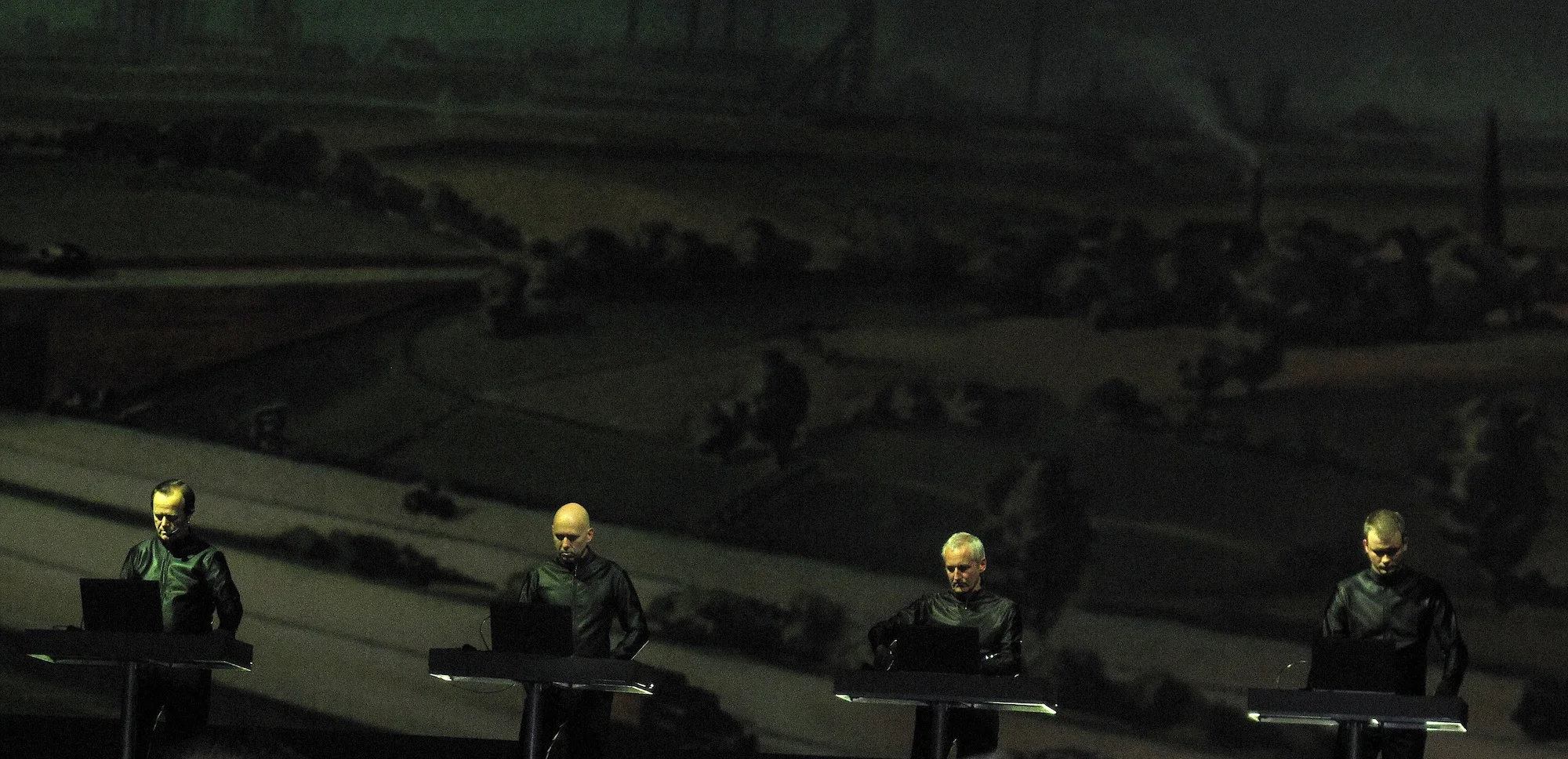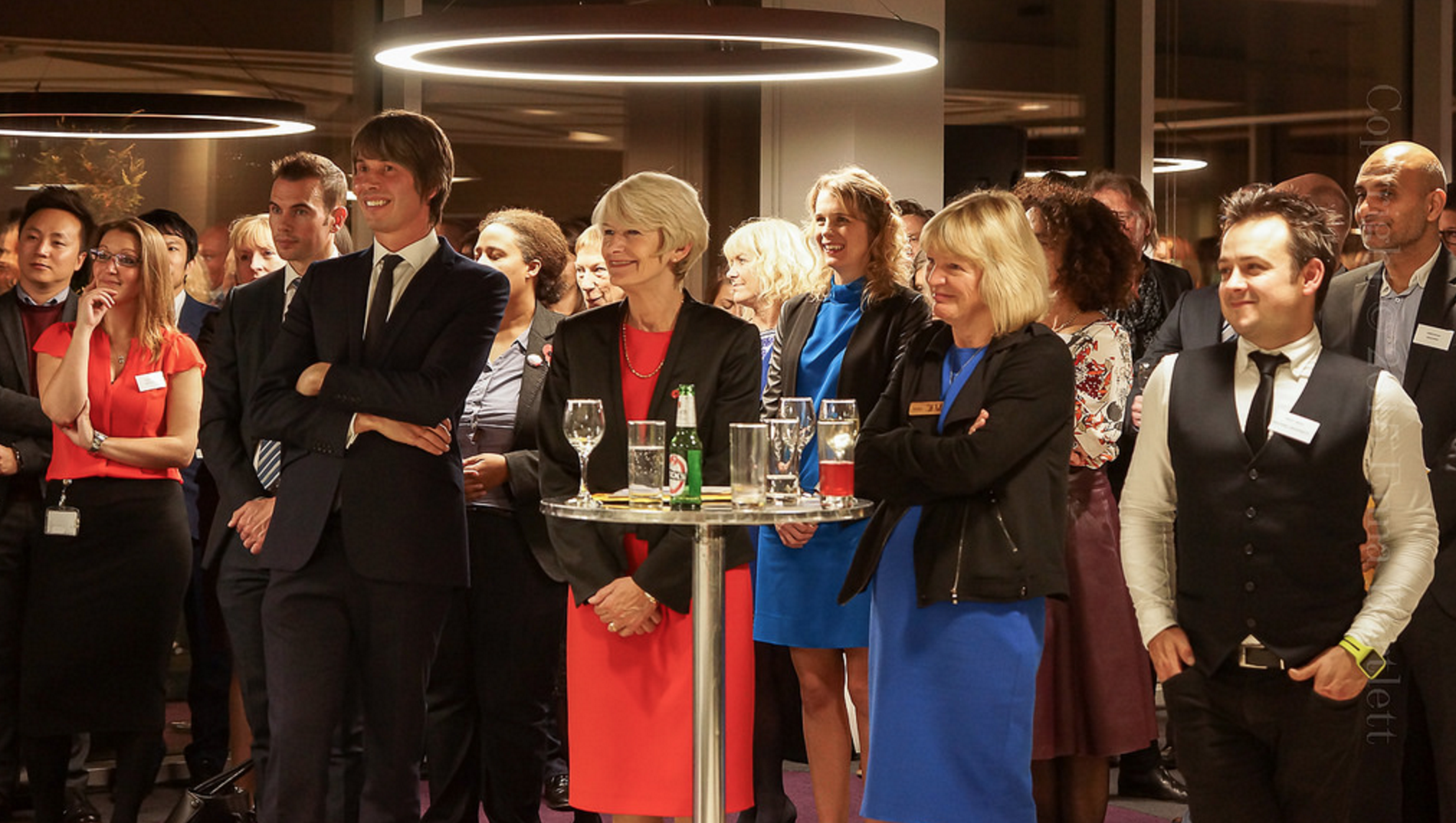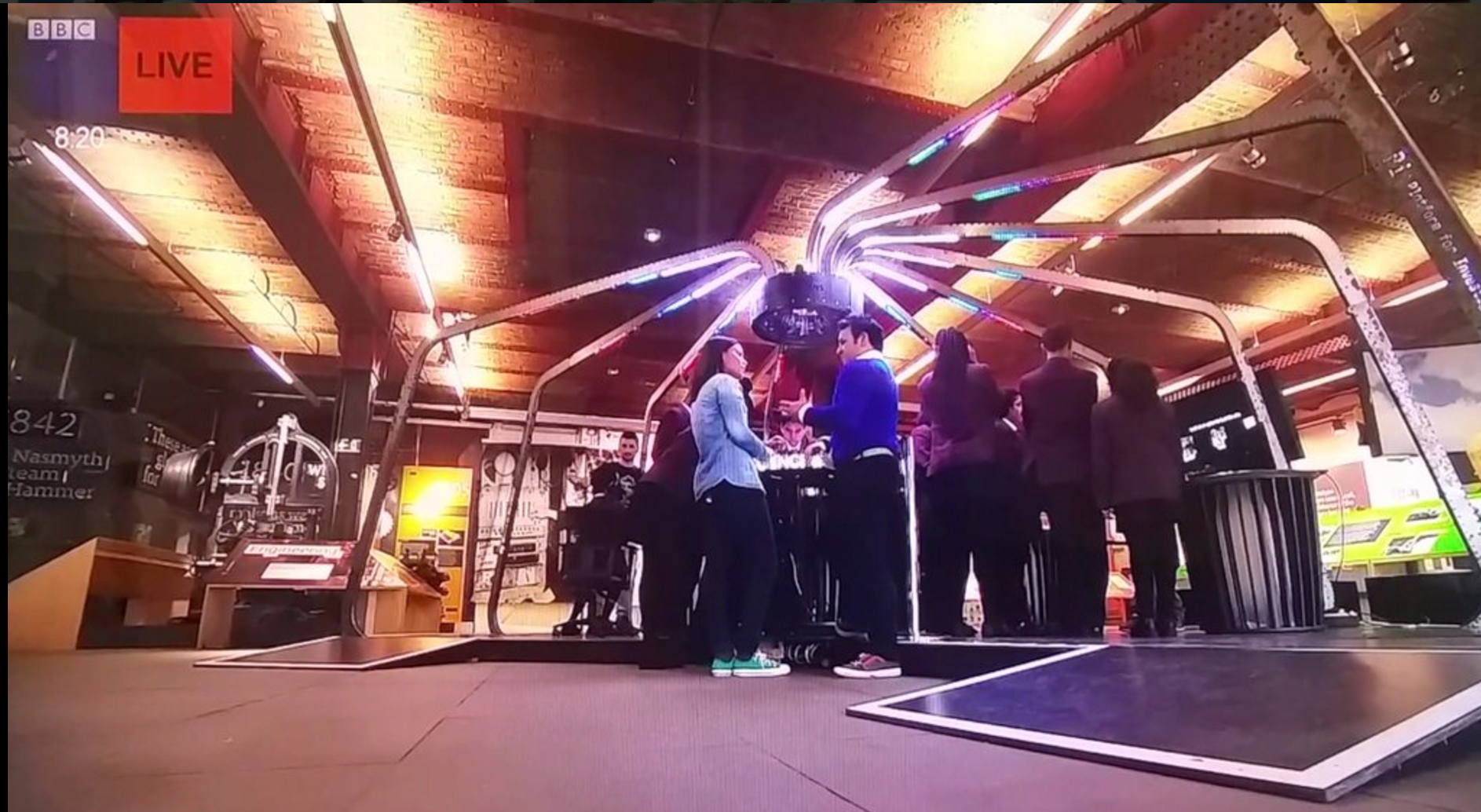Today, the first evidence session of the Select Committee inquiry into Science Communication takes place at 215pm. The focus is the NERC team and the #BoatyMcBoatFace phenomenon. In a nutshell, this involved a research council inviting the public to name a new boat. The internets had a bit of fun and voted for the funny one, not the most historically serious and important one. In the end, NERC went with 'Sir David Attenborough' - who just turned 90 - but then the Internets campaigned for Sir David to change his name to #BoatyMcBoatFace. We all lolled. So, today, NERC is outlining what happened. Aside from that, here's what I submitted as evidence to the Committee.
To watch the live hearing at 215pm GMT, click HERE
Science Communication 2.0:
Priorities Going Forward
Written evidence submitted by
Professor Andy Miah, University of Salford, Manchester.
Chair in Science Communication & Future Media
Summary
1. Examine how the Research Excellence Framework ‘Impact’ category can be better audited to measure and reward science communication work.
2. Consider how best to embed DIY science communication into university training courses, particularly around using social media channels for communication.
3. Audit the work of university press officers and their relationships with science journalists.
4. Assess the extent to which science communication in public engagement events such as science festivals, meets the higher expectations of science communication – based around the ‘upstream’ model.
5. Find ways to support best practice in the science communication industry to diminish the economic black hole of such work, which relies heavily on the good will of scientists to undertake such labour.
6. Examine the involvement of citizen panels within funding councils.
7. Take into account how media consumption habits are changing for the younger generation – the next generation of science audiences – particularly around mobile media.
“the UK public are as enthusiastic about science as they have ever been”… but misconceptions about how scientists work, concerns about how well science is regulated and a low level of trust in mainstream science journalism.
To understand why a lack of trust in science media is apparent, it is crucial to come to terms with the dramatic changes in media consumption and communication that have taken place over the last decade. Furthermore, it is important to take into account how science communication has evolved methodologically and whether science journalism responds to this effectively enough. This submission of evidence focuses on the following key points:
· The Impact of Media Change
· Recognition and Reward for Science Communicators
· The Expansion of the Science Communication Sector
In 1985, the Bodmer Report highlighted the importance of science communication through public engagement and, since then, research in science communication has flourished, with the creation of dedicated scientific journals and University Chairs in the field emerging in several institutions around the UK.
Research discoveries have drawn attention to the inadequacies of the conventional model of science communication, which assumed a deficit in the public’s comprehension of science that needed to be filled. This assumption has been criticised heavily for inadequately characterising who are the public and for its presumption that they lack knowledge. Furthermore, this unidirectional approach to science communication is now considered an inadequate basis on which to educate. Instead, learning must involve more than simply receiving information, and integrate aspects of participation, experience, and co-production.
These insights have led to a shift from ‘deficit’ to ‘dialogue’, which recognises the importance of conversation, which is now a core part of what science communicators are doing – not just explaining work but, but conversing with audiences about it and involving them in the production of findings – as evidenced by the rise of citizen science projects.
Within the field of communication, more generally, we now see the consequence of this shift, particularly in how the media industry has evolved (Miah, 2005). Today’s dominant media are those that prioritise sharing and co-production of content. Notably, social media has transformed the media ecosystem and, along with it, the expectations of audiences. Traditional formats of journalism must find ways to adapt, but this is just beginning to happen. Examples of such platforms as Storify, Snapchat, and Facebook Instant Articles, speak to this shift, but science communicators and science journalists are not using these formats very much yet.
Audiences are no longer content with just consuming journalism, but want to play an active part in its curation. Science journalism may be inherently resistant to this, as it relies on the authoritative figure of the scientist to verify knowledge. In this respect, diminished trust may be a product of the shift in mainstream journalism towards co-creation, which may not have happened as much within science journalism. It is also important to come to terms with the relationship between the public and the media – we are in the wake of a decade of distrust about our media industry, epitomised by the Leveson Inquiry and the rise of Wikileaks.
However, achieving dialogue is not sufficient to address the concerns of the Inquiry about how to better develop trust in science. Focusing on the state of science journalism misses a big part of the picture. Rather, the state of the art in science communication methodology recognises the importance of ‘upstream’ engagement with the public. This means involving and empowering the public in decision making processes in advance of the science industry deciding where it makes investments and, despite a few attempts to embed such an approach in science over the last 10 years, it is still not a core part of how science works.
The pressures on journalists has also grown in recent years and this may have been to the detriment of science journalism. Editors expect their staff to be capable of producing work across media formats now, rather than just working as specialists. Radio is now a visual medium; writers are now also photographers. Staff numbers have been cut across newspaper platforms and yet content is expected to be developed for many more digital environments than was previously required. In turn, this has led to a greater reliance on science publicists to help produce stories, which may also contribute to diminishing trust.
Alongside this, the world of science has become much more astute at managing media stories, which may help the science industry control their narrative, but doesn’t necessarily help audiences trust science journalism or science at all. A good example of this is synthetic biology, which hit the headlines in 2007 when Craig Ventor ran a UK lecture tour, book launch, and made the front page of tabloids with research that was still in development, rather than fully realised.
Equally, there are cases where the debates around a science story seem to betray trust and this shifting sand of science stories may be an inherent problem. For example, in 2005, I was invited to comment on a story for the BBC about mitochondrial DNA transfer, an experimental technique to address the seriously debilitating consequences of having dysfunctional mtDNA. The report shows how the scientists involved made great efforts to state that any resulting, modified egg would ‘never be allowed to develop into a baby’ (BBC, 2005). Yet, a decade later, MPs have approved such use for assisting the creation of healthy lives (Mason & Devlin, 2005). While I believe this is a sensible decision in this case, for the public, it can create a sense of uncertainty about whether any new discovery and the limits to which it may be put, can ever really be trusted.
In the United Kingdom, we have a number of institutions and communities who may be better unified in their work on science communication. These include: The Science Media Centre, The UK Science Festivals Network, FameLab, The Science Museums Group, Debating Matters, Sense About Science, The MAKER Movement and, this, year, the European City of Science programme in Manchester.
There is also a range of other events/institutions who are in the business of communicating science, even if they do not identify themselves as science communication organizations. This includes a range of art festivals around the UK, such as Future Everything, Abandon Normal Devices, Future Fest, to name a few. On this point specifically, the relationship between art and science – from STEM to STEAM education – is a crucial way to make more out of the science communication opportunities within the UK – which themselves are ways of engaging the science media in a more meaningful way. Making more of bringing these two spheres together, would be a formidable way of building more opportunities to undertake science communication work.
Finally, it is crucial that the Committee takes into account the growing number of freelance science communicators around the UK, which are well supported by the BIG STEM Communicators Network, but which are presently undervalued and under supported financially and institutionally. Even the most successful Science Festivals around the UK do not have sufficient investment around them to financially remunerate their contributors and, more widely, there is an economic black hole around science communication that needs to be filled, in order for the community to grow and be appropriately valued for their work. A sound basis for engendering more interest within the university community is to build on the Research Excellence Framework’s interest in recognising ‘impact’, though more effective mechanisms of evaluating aspects of science communication within it should be developed.
In sum, the different approaches towards science communication, research impact, public engagement, public involvement, and citizen science, must be better differentiated and supported, to optimise their value and promote more opportunities to nurture trust in science communication and science journalism.
References
BBC (2005) Embryo with Two Mothers Approved, BBC http://news.bbc.co.uk/1/hi/health/4225564.stm
Mason, R. & Devlin, H. (2015) MPs vote in favour of 'three-person embryo' law, The Guardian, https://www.theguardian.com/science/2015/feb/03/mps-vote-favour-three-person-embryo-law
Miah, A. (2005) Genetics, cyberspace and bioethics: why not a public engagement with ethics?, Public Understanding of Science, 14(4), 409-421.
Biography
Professor Andy Miah is Chair in Science Communication and Future Media, at the University of Salford, Manchester. He is 2015 winner of the Josh Award for Science Communication, and works with a range of news organizations, including the Press Association special interest group in Social Media. He is Advisory Board Member to the Museum of Science and Industry, Manchester, and Board Member to Manchester 2016 European City of Science. He is a member of the Scottish Government’s Ministerial Advisory Group for Digital Participation and has contributed to various European Parliament inquiries into future technology and communications. He can be reached by email at email@andymiah.net and followed on Twitter http://twitter.com/andymiah


